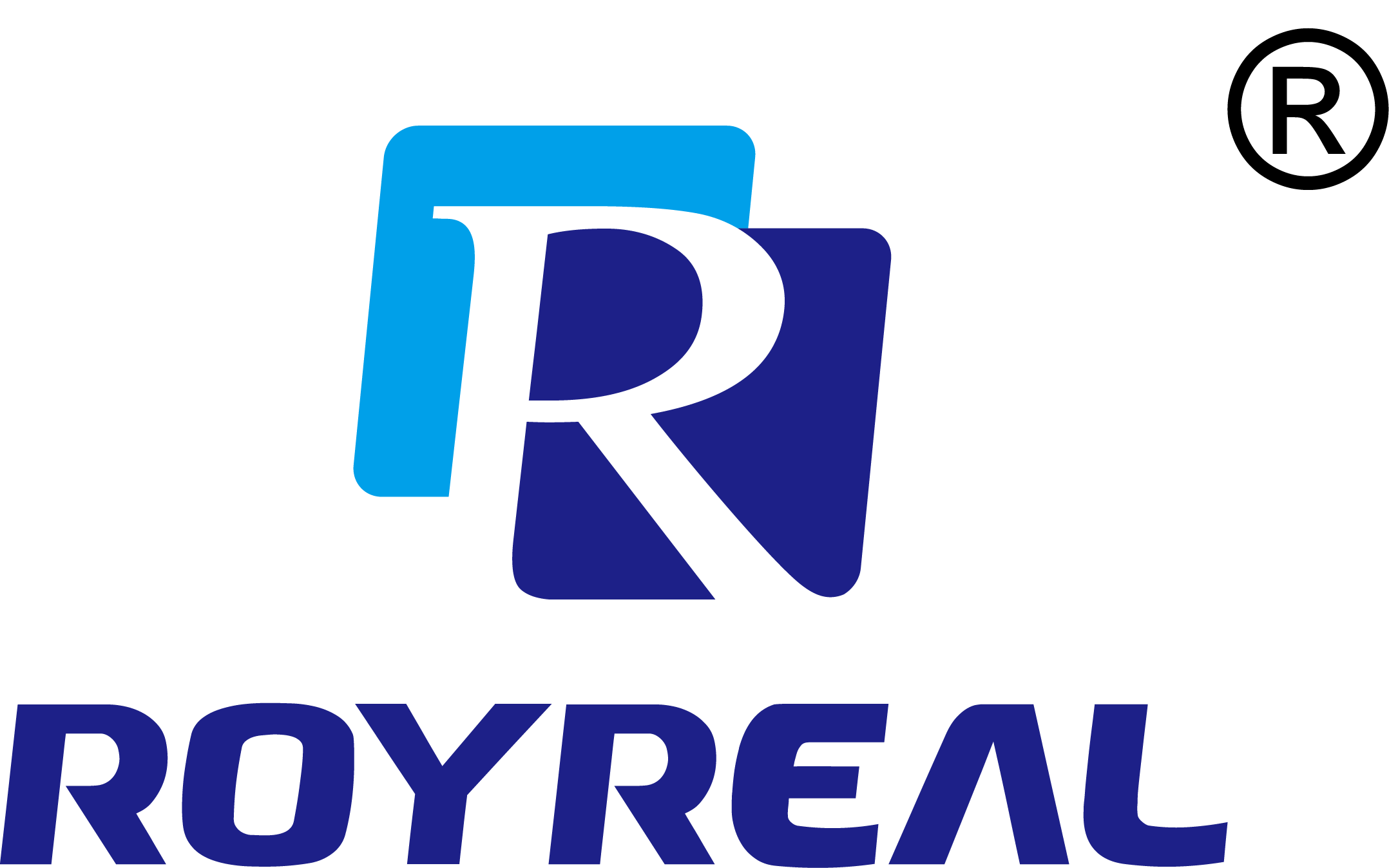Unlocking the Power of Bell Porver: A Comprehensive Guide
Category: Industry News
Time:2024-12-09
Unlocking the Power of Bell Porver: A Comprehensive Guide
Table of Contents
- 1. Introduction to Bell Porver
- 2. Importance of Calibration and Verification
- 3. How Bell Porver Works: A Detailed Overview
- 4. Applications of Bell Porver in Various Industries
- 5. The Calibration Process: Step-by-Step Guide
- 6. Best Practices for Using Bell Porver Effectively
- 7. Common Issues and Troubleshooting Techniques
- 8. Conclusion
- 9. FAQs About Bell Porver
1. Introduction to Bell Porver
Bell Porver is a revolutionary instrument designed to enhance precision in measurement, primarily focusing on the calibration and verification of various devices. This guide aims to delve deep into the capabilities of Bell Porver, highlighting how it stands out in the instrumentation sector. With its sophisticated technology and user-friendly interface, Bell Porver is crucial for industries that demand accuracy and reliability in measurements.
2. Importance of Calibration and Verification
Calibration and verification are essential processes in ensuring that instruments and devices provide accurate readings. Inaccuracies can lead to significant consequences, including financial loss, safety hazards, and compromised data integrity. The Bell Porver plays a vital role in maintaining the standards of calibration and verification, making it indispensable for quality control in manufacturing, healthcare, and research settings.
The Role of Calibration
Calibration involves adjusting the output or reading of a measurement instrument to align with a known standard. This ensures that measurements reflect true values. Regular calibration minimizes discrepancies and enhances trust in the data collected.
The Role of Verification
Verification is the process of confirming that an instrument measures accurately within its specified range. This process usually occurs after calibration and provides an added layer of reliability.
3. How Bell Porver Works: A Detailed Overview
Understanding the mechanics behind Bell Porver is crucial for leveraging its capabilities. The core functionality is centered on high-precision measurement techniques. It utilizes advanced sensors and software algorithms to provide real-time readings, ensuring that measurements are both accurate and reliable.
Key Components of Bell Porver
- **Sensors:** High-quality sensors are at the heart of Bell Porver, converting physical quantities into measurable data.
- **Data Processing Unit:** This component analyzes the signals captured by the sensors, ensuring quick and accurate computations.
- **User Interface:** A user-friendly interface allows operators to interact with the device easily, facilitating calibration and verification processes.
4. Applications of Bell Porver in Various Industries
Bell Porver has a wide array of applications that span numerous industries. Here are some of its key applications:
Manufacturing
In manufacturing, Bell Porver is employed to maintain quality control by ensuring that measuring tools such as gauges and scales are accurately calibrated. This helps in minimizing defects in production.
Healthcare
In healthcare, precision is paramount. Bell Porver assists in calibrating medical devices such as blood pressure monitors and diagnostic equipment, ensuring accurate readings that are crucial for patient health.
Aerospace
In the aerospace industry, accuracy can mean the difference between success and failure. Bell Porver is used to calibrate instruments that measure pressure, altitude, and other critical parameters.
Research and Development
Research institutions utilize Bell Porver to ensure that their experimental setups provide precise measurements, which is vital for data integrity and the validity of research findings.
5. The Calibration Process: Step-by-Step Guide
Calibrating your Bell Porver is essential for ensuring its accuracy. Here’s a step-by-step guide to help you through the calibration process.
Step 1: Gather Necessary Equipment
Before starting, ensure you have all the required tools, including calibration standards, tools for adjustment, and a clean workspace.
Step 2: Prepare the Bell Porver
Turn on the device and allow it to warm up for the manufacturer's recommended time. This ensures stability in the readings.
Step 3: Set Up Calibration Standards
Position the calibration standards in alignment with the measurement requirements of Bell Porver.
Step 4: Perform Calibration
Follow the manufacturer’s instructions to perform the calibration. Take note of the readings before and after adjustment to gauge accuracy.
Step 5: Document the Results
Maintaining a record of calibration results is not only a best practice but often a regulatory requirement, especially in regulated industries.
Step 6: Regularly Review Calibration
Establish a schedule for regular calibration checks. Consistent review ensures the longevity of the device and its measurements' accuracy.
6. Best Practices for Using Bell Porver Effectively
To maximize the benefits of Bell Porver, we recommend following these best practices:
Regular Training for Operators
Ensuring that all operators are well-trained is crucial. Regular training sessions on how to use Bell Porver can minimize errors and improve measurement accuracy.
Maintain a Clean Environment
A clean workspace is vital for accurate measurements. Dust and debris can impact the performance of Bell Porver, leading to erroneous readings.
Proper Storage
Store Bell Porver in a controlled environment, away from extreme temperatures and humidity. This will prolong the lifespan of the instrument and maintain its calibration.
Routine Maintenance Checks
Implement a routine maintenance schedule to inspect the device for wear and tear and recalibrate as necessary.
7. Common Issues and Troubleshooting Techniques
Despite its robustness, users may encounter some common issues with Bell Porver. Here’s how to troubleshoot:
Inaccurate Readings
If readings appear inaccurate, first check the calibration status. If it’s out of calibration, proceed with the recalibration process.
Device Not Turning On
Ensure that the power source is functioning properly. Check for any loose connections or damaged cables.
Software Malfunctions
If the software appears unresponsive, try resetting the device. If the problem persists, consult the user manual or contact customer support.
8. Conclusion
Unlocking the power of Bell Porver involves understanding its functionalities, adhering to proper calibration and verification practices, and employing it effectively across various industries. By following this comprehensive guide, users can ensure precision in their measurements, ultimately enhancing the quality of their operations. Whether in manufacturing, healthcare, or research, Bell Porver stands out as an essential tool for achieving accuracy and reliability.
9. FAQs About Bell Porver
What is Bell Porver used for?
Bell Porver is primarily used for the calibration and verification of measurement instruments across various industries to ensure accuracy and reliability.
How often should Bell Porver be calibrated?
Calibration frequency depends on usage, but it is recommended to calibrate at least once a year or more frequently in high-precision environments.
Can I perform calibration on my own?
Yes, as long as you follow the manufacturer's guidelines and possess the necessary calibration standards and tools.
What industries benefit from using Bell Porver?
Industries such as manufacturing, healthcare, aerospace, and research benefit significantly from the precision provided by Bell Porver.
Is Bell Porver easy to use?
Yes, Bell Porver is designed with a user-friendly interface, making it accessible for operators with varying levels of experience. Regular training can further enhance usability.
Keywords:
 EN
EN RU
RU SP
SP
